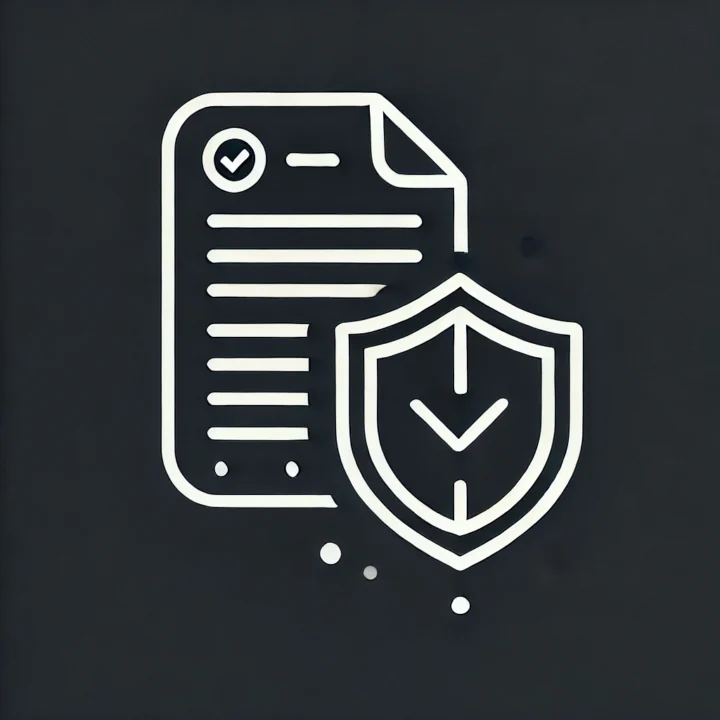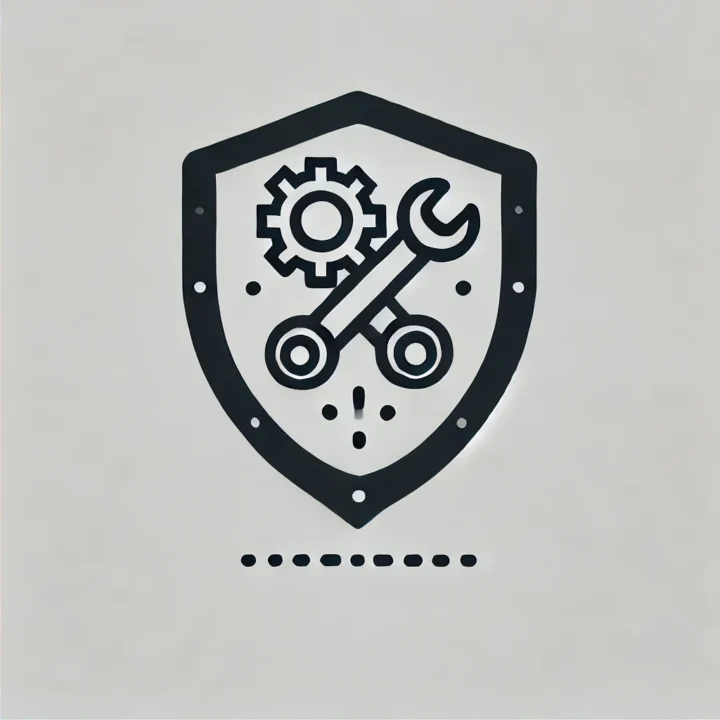ISO 27001:2022 Annex A Control 5.2 (A.5.2)
Explaining Control 5.2 (A.5.2) Information security roles and responsibilities
Information Security Roles and Responsibilities refer to the formal definition and allocation of tasks within your organization to protect data, systems, and related assets. This control 5.2 is part of ISO 27001’s Annex A, which sets out requirements for establishing, implementing, maintaining, and continually improving an Information Security Management System (ISMS).

Control Type
- Preventive
Information Security Properties
- Confidentiality
- Integrity
- Availability
Cybersecurity Concepts
- Identify
Operational Capabilities
- Governance
Security Domains
- Governance and Ecosystem
- Protection
- Resilience
Objective of Control 5.2
The main objective of Control 5.2 is to ensure that every individual in your organization understands what is expected of them in maintaining information security. It helps you create a structured approach to assigning tasks related to risk management, asset protection, and incident handling. When you establish specific roles and responsibilities, you can reduce confusion, limit duplication of effort, and streamline security operations.
Purpose of Control 5.2
The purpose of this control is to create a well-defined security management framework. It aligns individuals and teams with clear accountability and oversight. When your organization documents and communicates responsibilities, you enable employees at all levels to understand their obligations. This consistent structure supports risk mitigation, proper incident response, and a shared culture of security awareness.
Key benefits of implementing Control 5.2 include:
- Clarifying who owns specific security tasks and processes.
- Providing a reference point for training, skill development, and performance management.
- Promoting timely decision-making based on clearly designated authority levels.
Defining Roles and Responsibilities
Governance and Oversight
Information Security Manager or Equivalent
This role typically leads the overall security strategy, ensures alignment with business objectives, and oversees policy creation and implementation. The individual in this position usually coordinates with other managers to ensure that controls remain effective and up to date.
Asset Owners
Asset owners bear responsibility for protecting the integrity, confidentiality, and availability of the assets assigned to them. These assets can include hardware, software, data, or any critical component that supports business processes. Asset owners manage the lifecycle of their assets, handle risk assessments, and ensure that applicable controls are implemented.
Department Managers
Department managers have a pivotal function in translating high-level security strategies into practical actions within their departments. They allocate resources for security, oversee incident management procedures within their teams, and support audits or compliance initiatives related to information security.
Delegation and Accountability
Roles can be delegated, but primary accountability should remain with the designated role holder. For example, the Information Security Manager may delegate certain tasks (e.g., monitoring procedures or user access reviews) to a team lead or technical specialist. However, the manager should verify the completion and accuracy of these tasks. This approach encourages agility while ensuring no loss of accountability.
Competency and Ongoing Development
Each role, whether specialized or general, requires a certain level of competency. An individual’s ability to fulfill their security-related tasks depends on adequate training, up-to-date knowledge of emerging threats, and awareness of best practices. Your organization should:
- Conduct regular skills assessments to identify training gaps.
- Provide mandatory security awareness sessions for all personnel.
- Offer advanced training for specialized roles, such as threat monitoring or compliance.
Alignment with Information Security Policy
When defining information security roles and responsibilities, align them with your organization’s Information Security Policy. This alignment ensures that every department and individual understands how specific responsibilities contribute to the broader security objectives. The Information Security Policy can guide role formation and provide context on areas such as acceptable use, encryption, data handling, and regulatory compliance.
Establishing Authorization Levels
Authorization levels define which roles have the authority to make certain decisions, access sensitive data, or approve significant changes. Your organization can structure these levels to reflect the actual flow of accountability. For example:
- Level 1 (Executive/Management): Approves risk treatment plans, policy amendments, and significant budget allocations for security.
- Level 2 (Department Heads): Oversees local risk management activities, ensures compliance with policies, and escalates issues as needed.
- Level 3 (Operational Staff): Carries out day-to-day tasks like system monitoring, vulnerability scanning, or data classification under guidance from department heads.
Communication and Documentation
Documentation of Responsibilities
Roles and responsibilities should be documented in job descriptions, process guidelines, or an internal role matrix. Make these documents easily accessible, so employees can refer to them as needed. This documentation can also help standardize how new hires or transfers learn about their security obligations.
Communication Strategy
A regular communication strategy, such as newsletters, internal meetings, or dedicated security awareness sessions, helps reinforce understanding of responsibilities. Include a brief refresher on role definitions when there is a change in the organizational chart or when new security initiatives are introduced.
Lifecycle of Roles and Responsibilities
Creation and Updates
When your organization creates a new role or amends an existing one, ensure that the job description, responsibilities, and necessary skills are updated accordingly. This may involve revising organizational charts, training plans, or access rights.
Ongoing Review
Ongoing review is critical. Roles and responsibilities should be evaluated periodically to determine if they remain fit for purpose. Adjust them if there are changes in business processes, technology, or regulatory environments.
Decommission
When roles are no longer required due to organizational changes, remove or merge them to maintain clarity and reduce confusion. This step should also involve revoking related permissions and updating any associated documentation.
Relevant Controls for Control 5.2
ISO 27001 includes multiple controls that work in tandem with Control 5.2. Recognizing their connections helps your organization maintain a cohesive security posture.
- Control 5.1: Information Security Policy
Ensures your organization’s overall security objectives are documented and communicated. - Control 5.3: Contact with Authorities
Outlines who should communicate with law enforcement or regulators during incidents. - Control 5.4: Contact with Special Interest Groups
Details roles for collaborating with industry associations or cybersecurity forums. - Control 5.8: Information Security in Project Management
Emphasizes the need for clear role allocation during project lifecycles and deliverables.
Templates that Can Assist
Information Security Roles & Responsibilities Matrix
This matrix maps out the name of each role, the primary security tasks, and the associated authority level. Use it for a quick reference to avoid ambiguity.
Asset Register Template
This document assigns ownership and responsibility for each key asset. It is useful for identifying who is accountable for any specific data or system.
Training and Competency Matrix
This matrix helps track required cybersecurity competencies, mandatory training, and completion status across all roles. It supports compliance and audit readiness.
Authorization Approval Form
This form standardizes how roles request or grant additional privileges, ensuring that authorization levels remain consistent.
Conclusion
Defining and allocating information security roles and responsibilities in your organization is a vital step toward building an ISMS. A clear and documented framework supports stronger accountability, better compliance, and a well-coordinated response to emerging threats. Your organization benefits from having competent personnel who understand their responsibilities and have the authority to execute them effectively.
aligning these roles with your Information Security Policy and other relevant ISO 27001 controls, you create a cohesive system that adapts to new risks and continues to protect valuable information assets. Encourage ongoing training, regular reviews, and open communication to keep your security posture aligned with business objectives and regulatory requirements.
Use the guidelines and templates outlined above to implement Control 5.2 in a structured, transparent, and efficient way.


